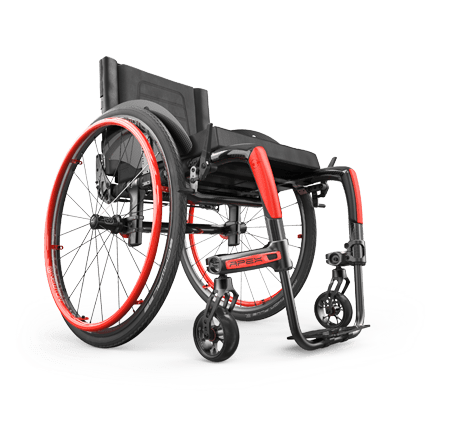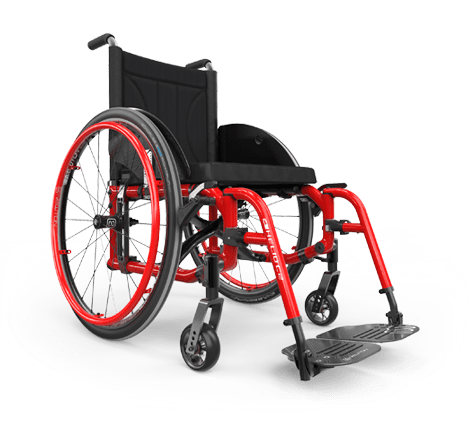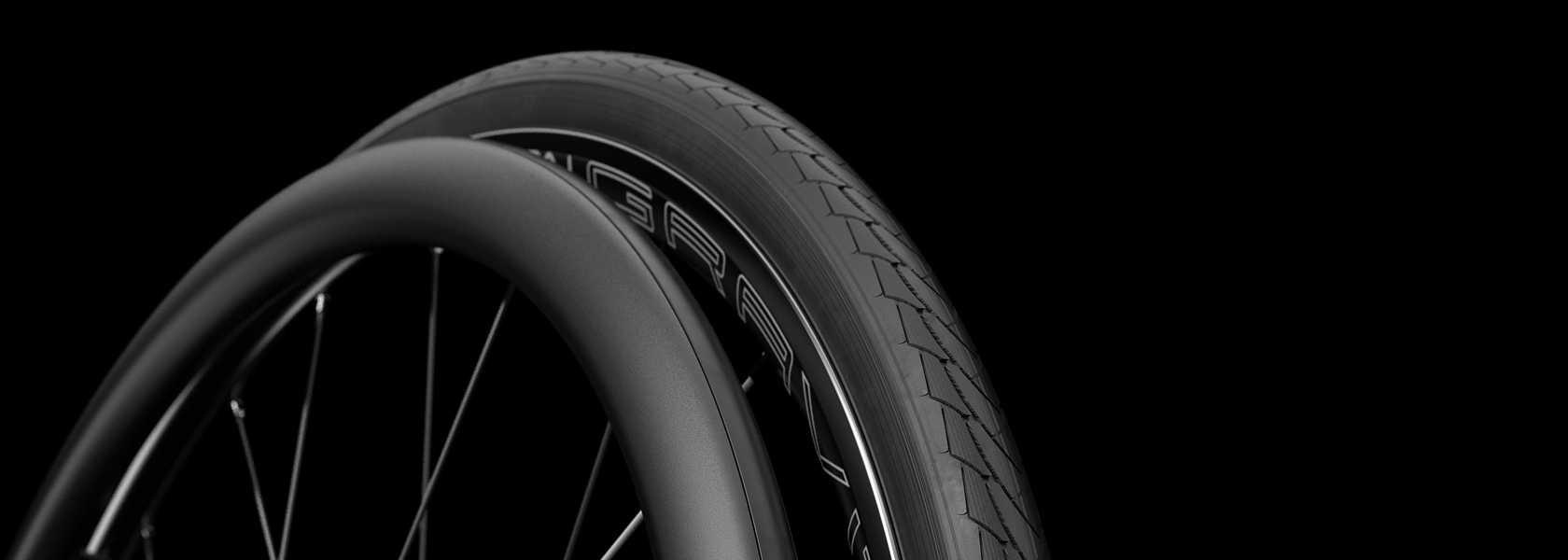INTRODUCING NEW ERGONOMIC HANDRIMS
THE BENEFITS OF IMPROVED HAND POSITIONING
Did you know that handrims (or pushrims) can significantly affect how users interface with their wheelchairs? With the addition of 3 new ergonomic models, Motion Composites now has a wide variety of handrims to address several different requirements. Having options allows you to choose the handrim that fits your budget, comfort, position and angle needs.
Selecting an ergonomic handrim can have an impact on function as well as prevention of pain and the possibility of upper extremity injury. An ergonomic design can help prevent strain on the carpal tunnel and other areas of the hand, wrist, and upper extremities. (1)
Clinical Benefits
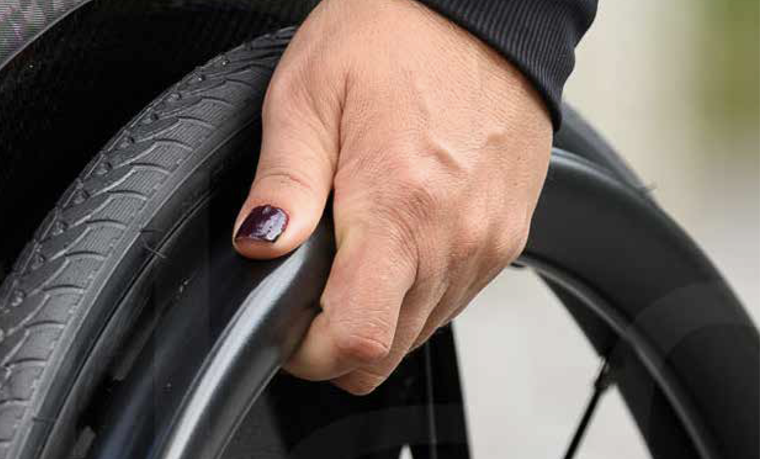
It's all about shape, grip and size
The use of our new ergonomic handrims can benefit individuals with decreased hand strength, decreased range of motion, and decreased sensation, thanks to their shape, their grip and their size. Wheelchair users report less pain in the hand and wrist when they use an ergonomic handrim.(2)
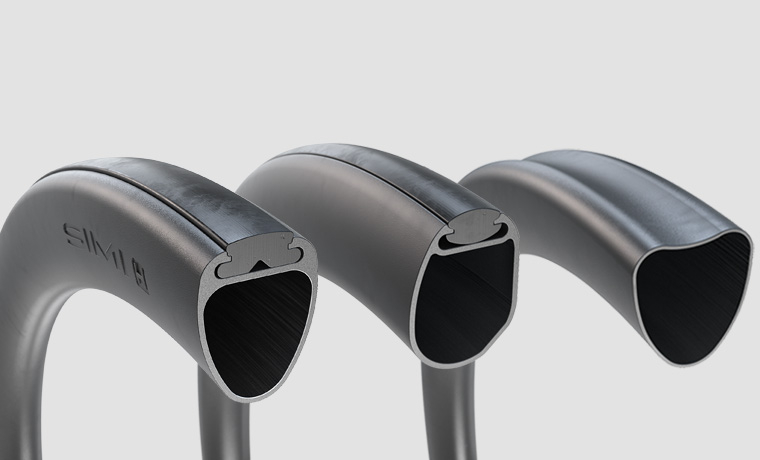
Improved propulsion efficiency
When using our new ergonomic handrims, the pressure on the hand's surface during wheelchair propulsion is more equally distributed, resulting in improved efficiency. This can help decrease the risk of developing upper extremity injuries.(3,4)
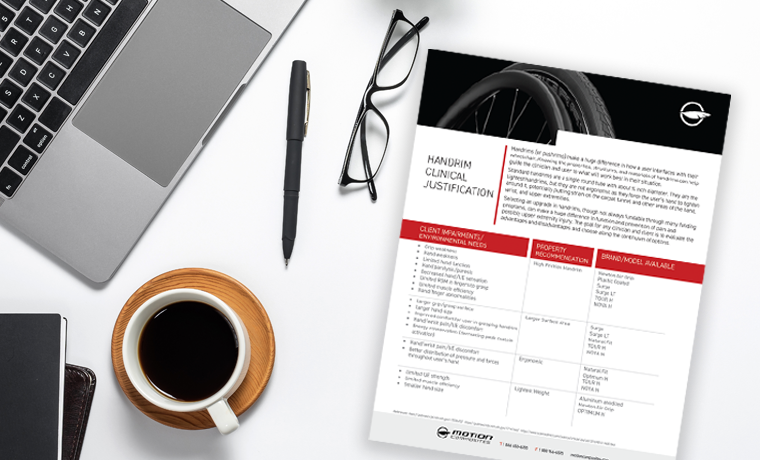
HANDRIM CLINICAL JUSTIFICATION
Understanding which handrim is best for you or your clients can be challenging. This guide will help you determine which model fits best!
NOVA H
1 1/4" OVAL HANDRIM – WITH HIGH FRICTION GRIP
- Tabs - 2 positions, narrow and standard (added adjustability in standard position)
- Black hard anodized
- Silicone strip
- Good anti-slip performance even when wet
- Weight 1.3 lbs, Height 1 1/4”
- Compatible with all our wheelchair models
- Available in 22’’, 24’’, 25’’, and 26”
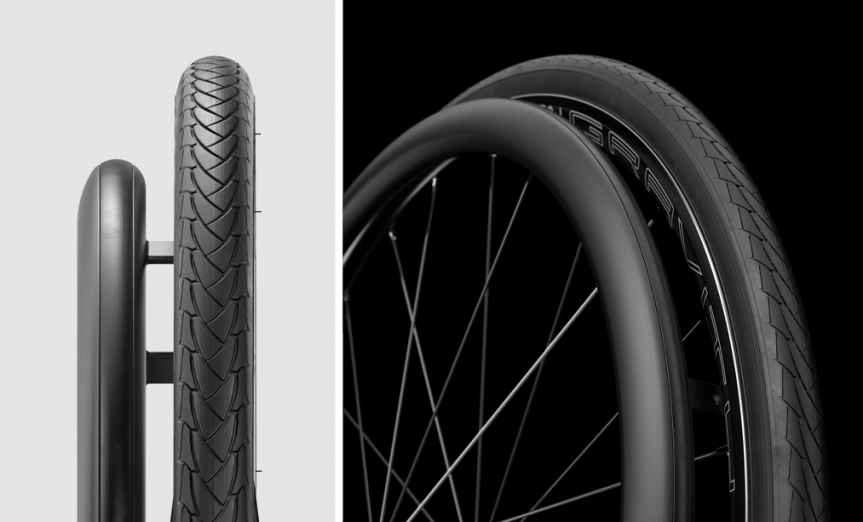
OPTIMUM H
1 1/8" HEART-SHAPED HANDRIM
- Tabs - 2 positions, narrow and standard (added adjustability in standard position)
- Black hard anodized
- Ergonomic shape (thumb groove built into the handrim)
- Weight 0.8 lbs, Height 1 1/8”
- Compatible with all our wheelchair models
- Available in 22’’, 24’’, 25’’, and 26”.
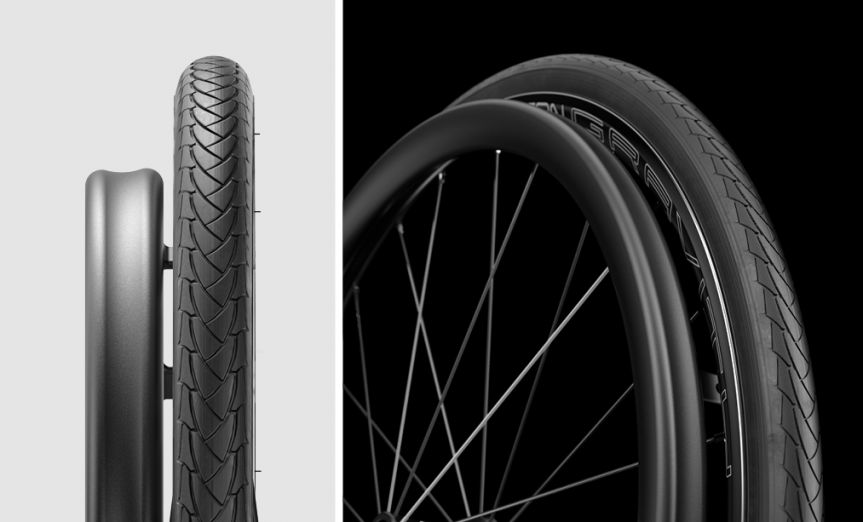
SIMI H
1.34" OVAL HANDRIM – WITH HIGH FRICTION GRIP
- Tabs - 2 positions, narrow and standard (added adjustability in standard position)
- Black hard anodized
- Silicone strip
- Good anti-slip performance even when wet
- Weight 1.8 lbs, Height 1.34”
- Compatible with all our wheelchair models
- Available in 22’’, 24’’, 25’’, and 26”.
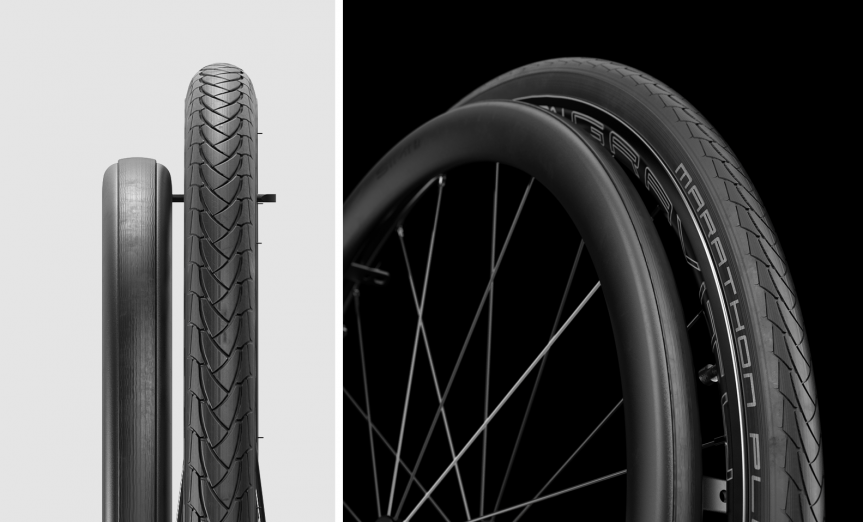
READY TO ORDER?
The new ergonomic handrims can be ordered through our wheelchair order forms or simply by reaching out to your local provider.
NOT SURE WHICH MODEL IS BEST FOR YOUR NEEDS?
Understanding which handrim is best for you can be challenging. We have built a guide to help you navigate which specific characteristic is more appropriate for your needs, and which model fits best!
Looking for more?
No matter what you need, we’ve got you covered with a variety of wheelchair options and accessories.
- Richter, W. M., Rodriguez, R., Woods, K. R., Karpinski, A. P., & Axelson, P. W. (2006). Reduced finger and wrist flexor activity during propulsion with a new flexible handrim. Archives of Physical Medicine and Rehabilitation, 87(12), 1643–1647. https://doi.org/10.1016/j.apmr.2006.09.009
- Koontz, A. M., Yang, Y., Boninger, D. S., Kanaly, J., Cooper, R. A., Boninger, M. L., Dieruf, K., & Ewer, L. (2006). Investigation of the Performance of an Ergonomic Handrim as a Pain-Relieving Intervention for Manual Wheelchair Users. Assistive Technology, 18(2), 123–145. https://doi.org/10.1080/10400435.2006.10131912
- Fortulan, C. A., Elui, V., & Silva, D. C. (n.d.). Pressure on hands during manual wheelchair propulsion: a comparitive study with two types of handrim. Www.academia.edu. Retrieved January 19, 2023, from
https://www.academia.edu/1612796/Pressure_on_hands_during_manual_wheelchair_propulsion_a_comparitive_study_with_two_types_of_handrim - Medola, F. O., Silva, D. C., Fortulan, C. A., Carril Elui, V. M., & Paschoarelli, L. C. (2014). The influence of handrim design on the contact forces on hands’ surface: A preliminary study. International Journal of Industrial Ergonomics, 44(6), 851–856. https://doi.org/10.1016/j.ergon.2014.09.005




